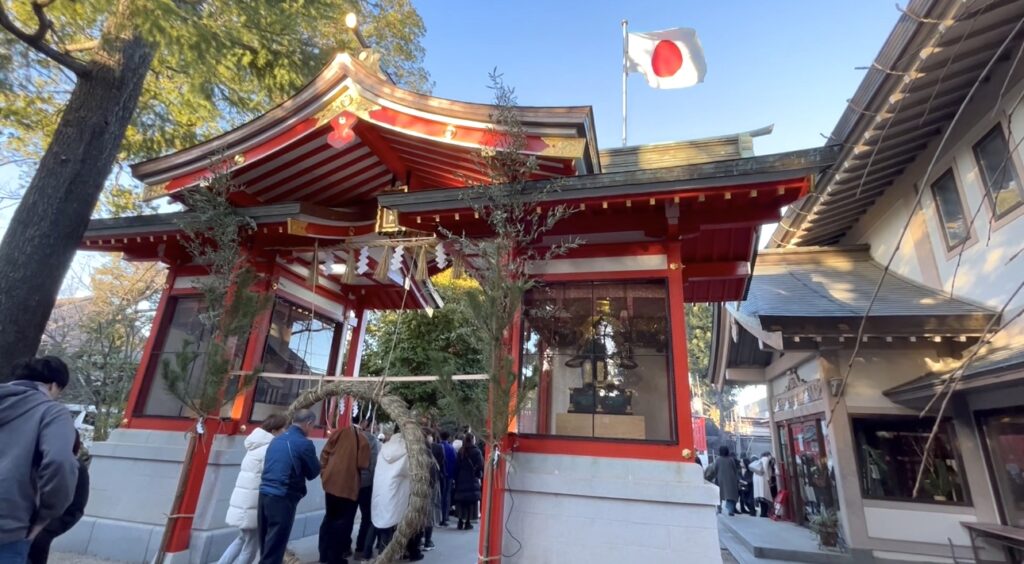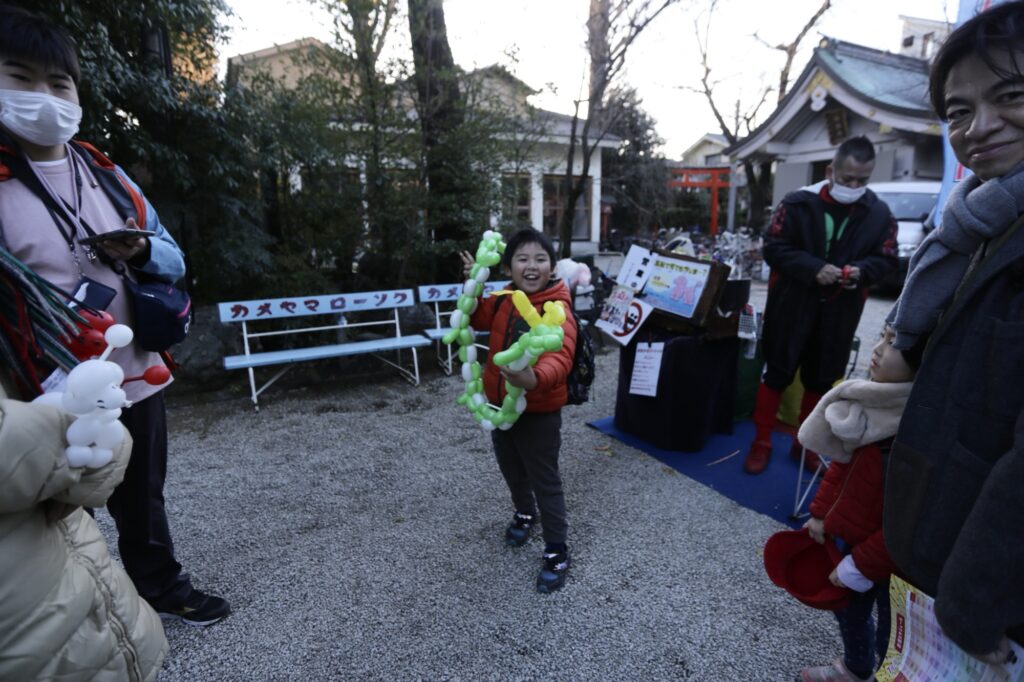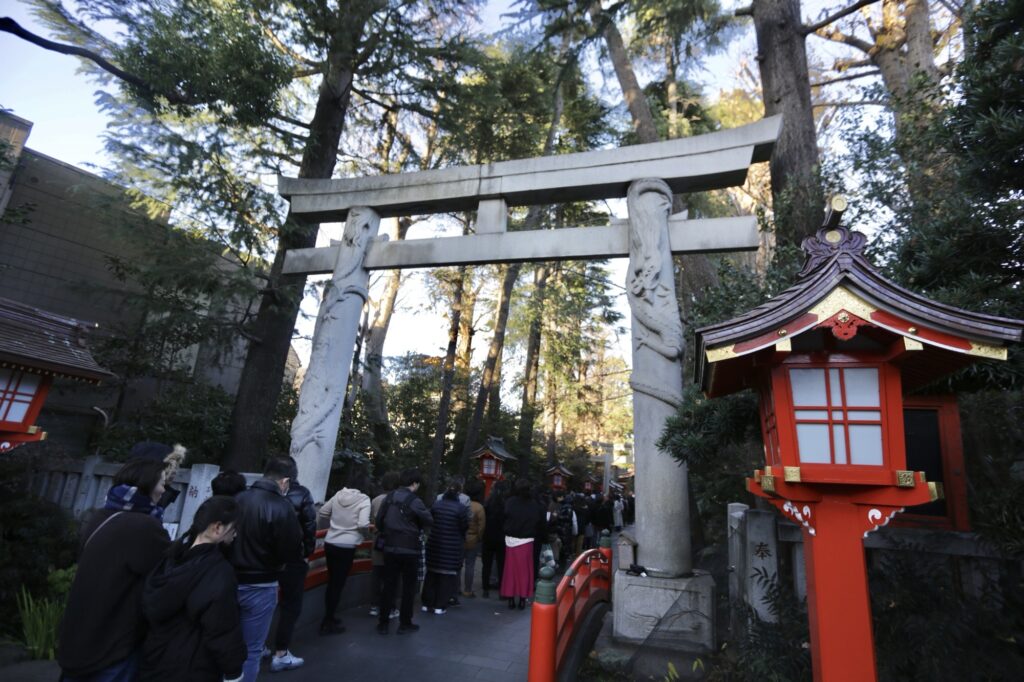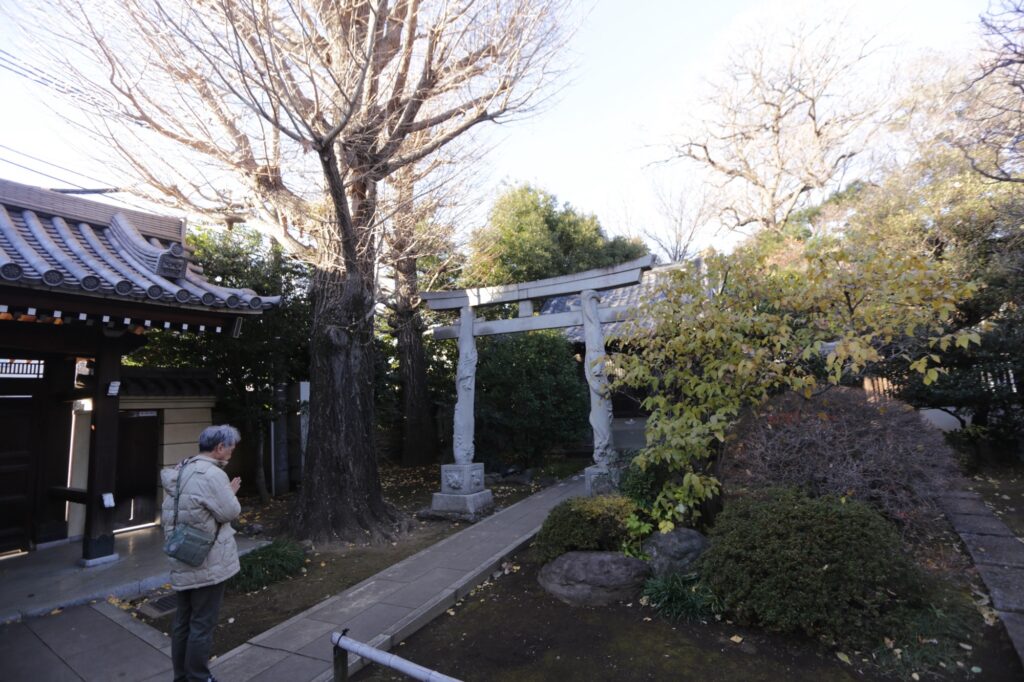







TOKYO: January 1 heralded the Year of the Dragon in Tokyoand local people were celebrating and praying for protection from disasters and calamities, even though the Lunar New Year – sometimes referred to as the Chinese New Year – is still more than a month away.
The prayers had added significance after the devastating earthquake in northern Japan that triggered a tsunami and left death and mayhem in its aftermath.
In Japanese mythology, the dragon precedes the birth of the first emperor and in China the dragon is a symbol of power and leadership.
On the first day of prayer at the Zen temple and Koenji shrine in Tokyo, people gathered near the temple portico where a dragon is carved near the temple that was built during the Edo era. TOKUGAWA Iemitsu, the third shogun of the Tokugawa lineage, liked to frequent the temple whose architecture is specific to the style loved by the samurai.
In the grounds of the Koenji temple, red maple trees are arranged in an alley and their color shines through in the light of the sun’s rays at the end of the day.
In the Koenji temple grounds, whose name was chosen by Tokugawa, dragons decorate the gateway and other parts of the buildings.
Some Japanese confided to Arab News that the dragon coiling upwards on the left pillar of the portico is an invitation for the creature to transmit the wishes of believers so that they are granted. On the pillar where the creature descends, the believers are invited to leave a coin to thank the dragon for granting their wishes.
Several hundred meters away, the imposing Mabashi Inari Shinto Shrine, takes up the motif of the dragon coiled on the portico of the Koenji temple, which served as its model, but here the dragon is more imperial and monumental.
It attracts large crowds past vermilion porticos, symbols of Shintoism and the spiritual power held by the emperor. A Japanese flag on the roof of a gate flutters in the wind in an azure sky while a brazier warms the crowd before the sacred altar.